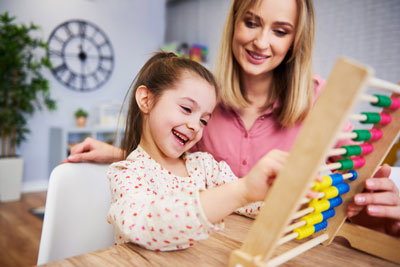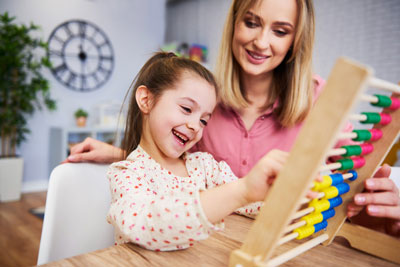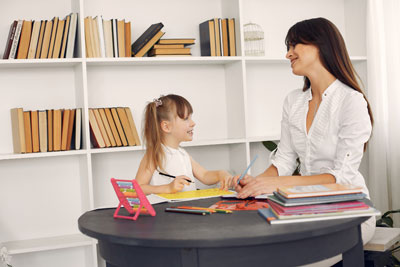Maintaining correct posture has become more critical in our fast-paced digital age. However, did you know that proper posture goes beyond just physical health? It can also significantly impact a child’s learning ability, especially for those with dyslexia.
The Link Between Posture and Learning
A child’s posture plays a crucial role in their ability to engage in the learning process. When a child sits or stands with correct posture, it enhances blood circulation, increasing oxygen flow to the brain. This improved blood flow helps in the efficient functioning of brain cells, aiding concentration, memory retention, and cognitive processing.
For children with dyslexia, who often face challenges in reading and writing, an optimized posture can create a positive domino effect on their overall learning experience.

Benefits of Correct Posture for Children with Dyslexia
1. Enhanced Focus and Attention: Maintaining a proper posture allows children to be more attentive to their tasks.
Children with dyslexia often struggle with sustaining attention due to the nature of their condition.
A comfortable and aligned posture can provide them with a solid foundation for extended focus, improving their ability to engage with learning materials.
2. Reduced Fatigue and Discomfort: Incorrect posture can lead to physical discomfort and fatigue, exacerbating the challenges already faced by children with dyslexia.
Sitting or standing with proper alignment minimizes stress on muscles and joints, leading to increased comfort and reduced fatigue. This, in turn, ensures that the child can concentrate on their studies without the distraction of bodily discomfort.
3. Boosted Confidence: Good posture is not just about physical health; it also influences psychological well-being.
Children who adopt correct posture often exude confidence and self-assuredness. For “children with dyslexia”, who may face self-esteem challenges due to their learning differences, improved posture can contribute to a more positive self-image and a willingness to participate in classroom activities actively.

Strategies to Support Children with Dyslexia
1. Ergonomic Seating: Providing ergonomic chairs and desks can significantly impact a child’s posture. Adjustable furniture allows children to customize their seating positions according to their comfort. Ergonomically designed furniture promotes a neutral spine position, reducing strain on the neck, back, and shoulders.
2. Regular Breaks and Movement: Encouraging short breaks and incorporating movement activities during classroom sessions can help alleviate muscle tension and promote blood circulation. For children with dyslexia, who may find extended periods of sitting challenging, these breaks allow them to stretch and move around, helping them stay engaged and attentive.
3. Educating Students: Teaching children about the importance of posture and its effects on their learning can empower them to take responsibility for their well-being. Use creative methods like posters or interactive discussions to convey the message. For children with dyslexia, visual aids and hands-on activities can be especially effective in conveying this information.
Conclusion
Understanding the relationship between correct posture and learning is pivotal in education, especially for children with dyslexia.
Maintaining good posture offers a spectrum of benefits encompassing physical comfort, cognitive enhancement, and emotional well-being. By implementing strategies that prioritize ergonomic seating, movement, and education, educators and parents can collaboratively create an environment where children with dyslexia thrive both academically and personally.
Remember, a supportive classroom setting, paired with a focus on proper posture, can be a game-changer for these students, allowing them to overcome challenges and unlock their true potential.







